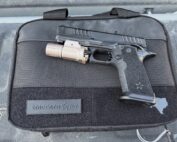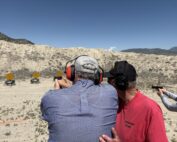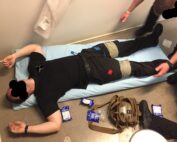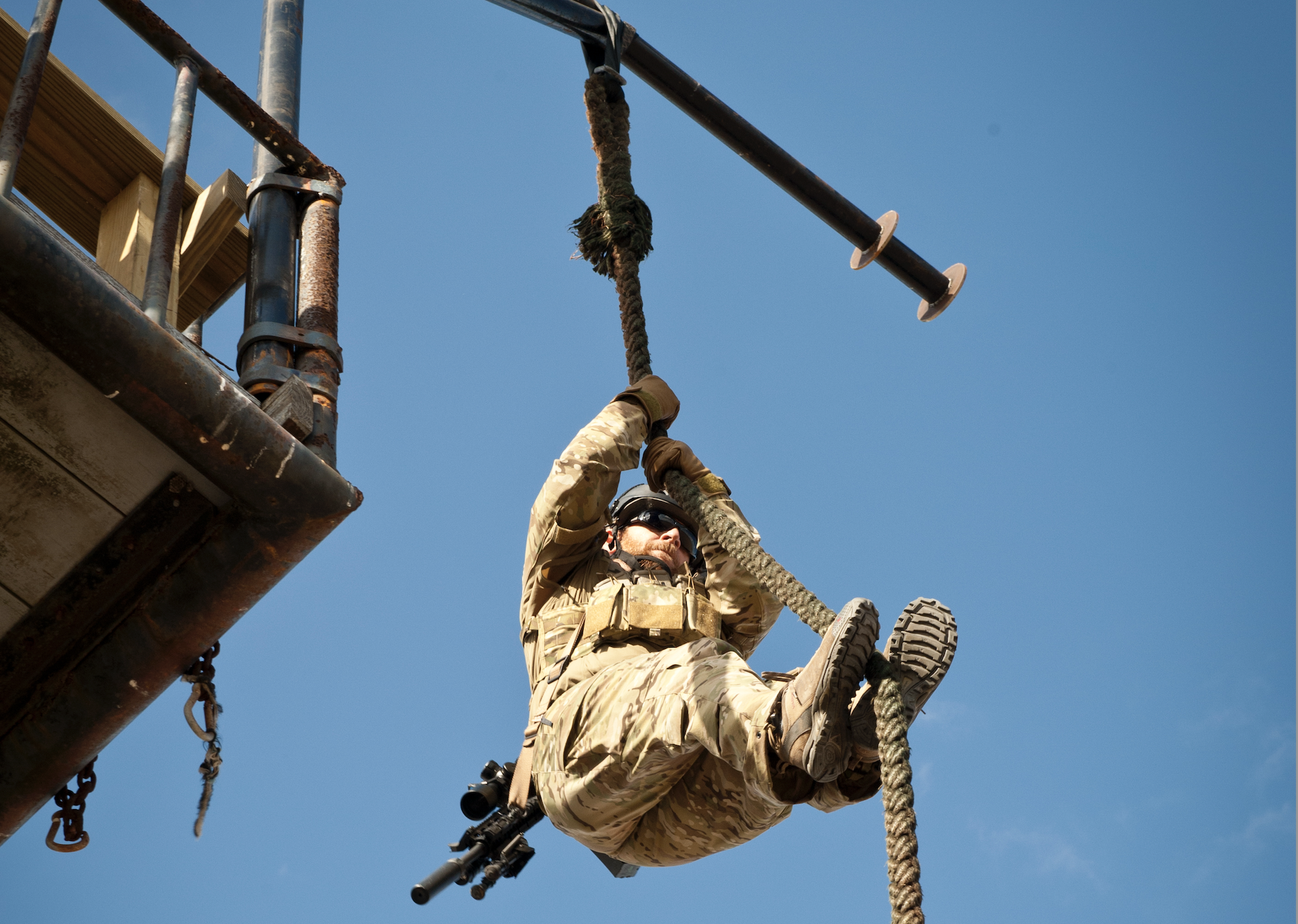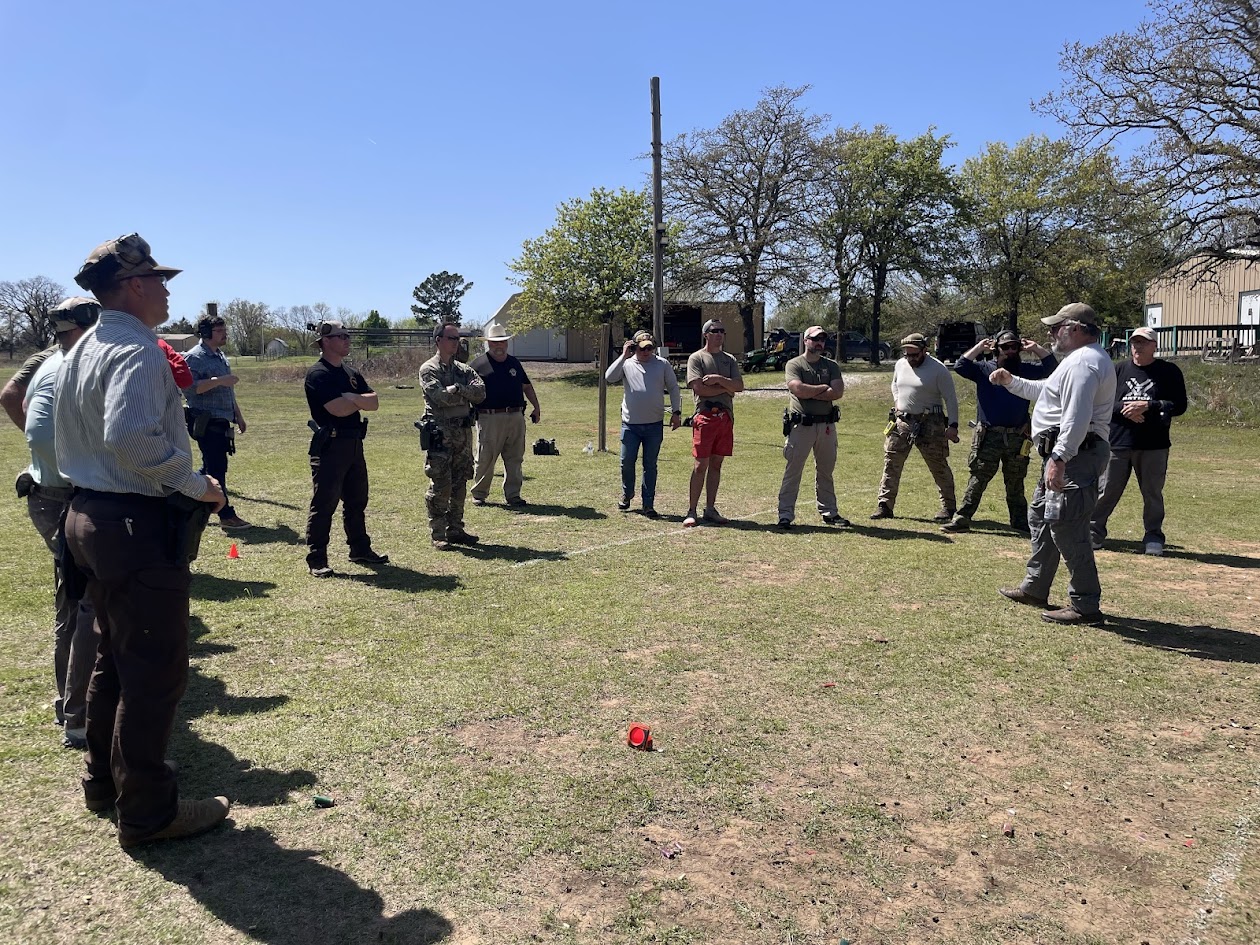
AC-021022-CHOOSING-AN-EDC-FLASHLIGHT-Light_shining1-Photo-Zouavman-Le-Zouave-Wikimedia-800
There are several considerations when choosing an EDC flashlight. Every flashlight compromises size, weight, light output, battery type, beam shape, beam reach, and runtime.
Flashlights differ significantly in convenience and performance. The American National Standards Institute (ANSI) has developed a voluntary specification that standardizes evaluations of flashlight performance.
Most major flashlight manufacturers now include the ANSI/PLATO FL-1 performance data on their packaging. There are six ANSI/PLATO FL-1 criteria: Light Output; Runtime; Peak Beam Intensity; Beam Distance; Impact Resistance; and Water Resistance. Manufacturers are doing their own testing.
LIGHT OUTPUT
Lumens are the total quantity of visible light emitted from a source. For a few decades, lumens have been the standard way to measure a light’s output. This testing is done with fresh batteries and the flashlight on its brightest setting.
Some flashlights also list candela and candlepower as measures of brightness. Candela is the international base unit of luminous intensity, and it gives a good indication of the light’s throw. Although still used by some manufacturers, candlepower is an obsolete unit expressing luminous intensity.
BEAM PATTERN
Light output is essential, but it doesn’t tell the whole story. Beam intensity, beam distance, beam shape, and runtime all need to be considered when evaluating the effectiveness of a tactical flashlight. You also want a flashlight that produces the optimal beam with no dark holes, rings, hot spots, or shadows.
An EDC flashlight should have a beam pattern that balances spot and flood. It would be best if you had enough throw to identify objects at a distance. You also need sufficient flood to provide peripheral illumination for situational awareness.
The desired balance will depend on the application. There are two ways to accomplish this: use a lens over the LED emitter or use a specially designed reflector.

It’s not just for general utility. A flashlight is one of the most valuable and versatile tools for personal defense that anyone can carry. It serves as a deterrent, helps identify threats, momentarily disorients attackers, and can be used as an impact weapon. Photo: SureFire.
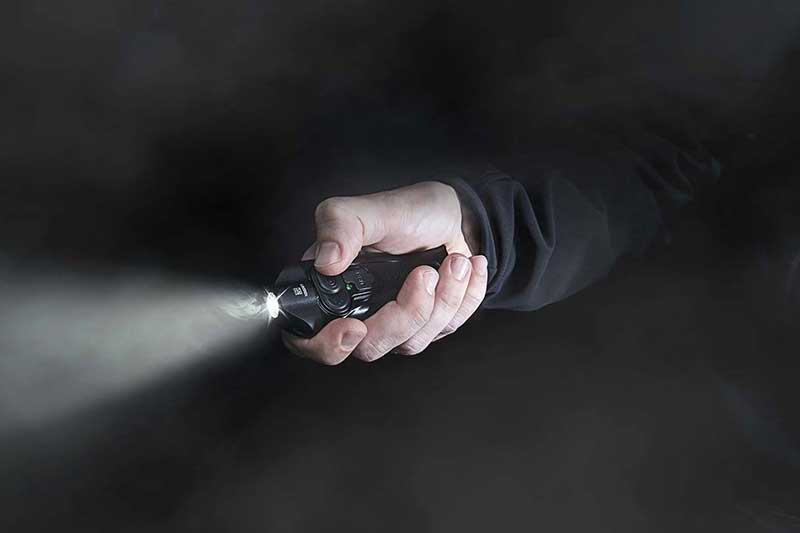
There’s no excuse not to carry a flashlight. SureFire Stiletto rechargeable, multi-output flashlight shown features a slim design with a pocket clip that allows it to be easily carried in a pocket like a knife and quickly drawn and activated. Photo: SureFire.
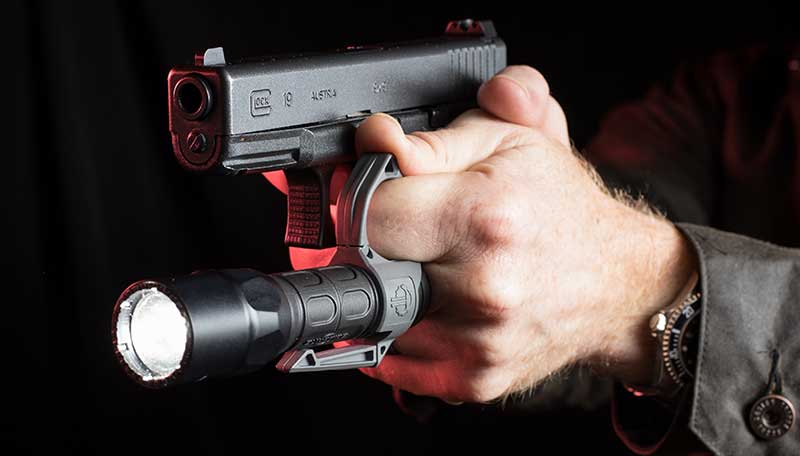
A retention device such as Thyrm’s retention ring will facilitate employment, retention, and other manipulations when using the light. Photo: THYRM.

SureFire designed the Tactician dual-output flashlight to serve as an EDC flashlight and a defensive light. Small size and high output are no longer incompatible with one another. Photo: SureFire.
RUNTIME
Runtime is the amount of continuous runtime measured in hours until the light output drops to 10 percent of its original value. This testing uses the batteries included with the flashlight or those the manufacturer recommended. Some flashlight makers also list total runtime or until the batteries are exhausted.
IMPACT RESISTANCE
Impact Resistance is the height, in meters, from which the light (including batteries) can be dropped onto concrete without cracking or breaking and still function. The light is dropped and allowed to stop moving before inspecting it for damage. If the rating is for over one meter, each sample light is dropped six times with different faces towards the ground. This test ensures the light remains fully functional if you accidentally drop it.
WATER RESISTANCE
Water Resistance is a concern if you are using the light in the rain or around bodies of water. The water-resistance and immersion tests are done after the impact testing. There are three possible ratings: IPX4: IPX7, and IPX8.
IPX 4 – Water Resistant. It can be splashed with water from all directions without water getting inside.
IPX7 – Temporary Immersion for up to 30 minutes at a depth of 1m.
IPX8 – Submersible. Submersible up to 4 hours at the specified depth.
BATTERIES
There are two types of batteries in use: disposable and rechargeable. Disposable batteries are the way to go if a flashlight will only be used occasionally. If a flashlight will see frequent, heavy use, then rechargeable batteries will provide considerable cost savings.
Many rechargeable flashlights now feature integrated batteries and a charging port, eliminating the need to remove the battery or place the light in a separate charging cradle. Charging may be accomplished via wall (AC) chargers, car (DC) chargers, or USB chargers.
MODES
A single output mode is ideal for defensive use. It simplifies the operation of the light.
Other everyday models offer multiple modes – low, medium, and high – which can be advantageous. Lower outputs extend runtime and battery life while having less visual impact on the task at hand.
A variety of mode switching options are available. Some flashlights are programmable to turn on with a particular brightness, for example, maximum brightness. You can then toggle the light to a different mode if desired.
Some models may offer unique modes, such as a strobe. Strobing is done to disorientate and confuse an individual or to gain attention.

You should consider the type of batteries needed when selecting a flashlight. There are generally two types of batteries: disposable and rechargeable. While the SureFire 123A lithium batteries were the industry standard, newer rechargeable batteries are making significant in-roads. Photo: Author.

Flashlight lumen testing at SureFire. Lumens are measured using a device called an integrating sphere. Integrating spheres are optical components consisting of a hollow spherical cavity with a white reflective coating on the inside. Pointed into the sphere, all of the flashlight’s emitted light is collected and measured by a sensor inside the sphere. Photo SureFire.
CONTROLS
The light’s controls deserve consideration. The switches should be simple, easy to operate with one hand, yet not turn on accidentally. A flashlight with separated momentary and constant-on switches avoids switching errors. A momentary push-button also acts as a “deadman’s switch” if the light is dropped. A lock-out feature that prevents the light from accidentally turning on.
CONSTRUCTION
Machined high-strength aluminum alloy bodies are highly resistant to damage from impact, crushing, or bending. Manufacturers can make the lights as small and light as possible without sacrificing strength. “Aerospace aluminum” is marketing jargon without any specific meaning.
Polymers are durable and lighter in weight than aluminum. They are more comfortable to hold in cold weather and are non-conductive. Look for polymer flashlights that have bodies made of high-strength, non-impact-resistant, glass-filled polyamide.
The window material protects the light’s reflector and emitter from water and debris while allowing light transmission. The better flashlights employ polycarbonate or tempered borosilicate glass.
SIZE MATTERS
When it comes to EDC, small size and high output are no longer incompatible. Larger flashlights are no longer necessarily brighter, although they are likely to have a longer runtime due to a greater battery capacity.
ADDITIONAL ADVICE
Try before you buy. The flashlight should be comfortable, easy to hold, and provide a good grip. Look for models that resist rolling when set down. Think about switching on, off, and between modes under stress or while wearing gloves.
Don’t bet your life on a cheap flashlight. Spending a little more to get the very best is an inexpensive investment.


 (No Ratings Yet)
(No Ratings Yet)